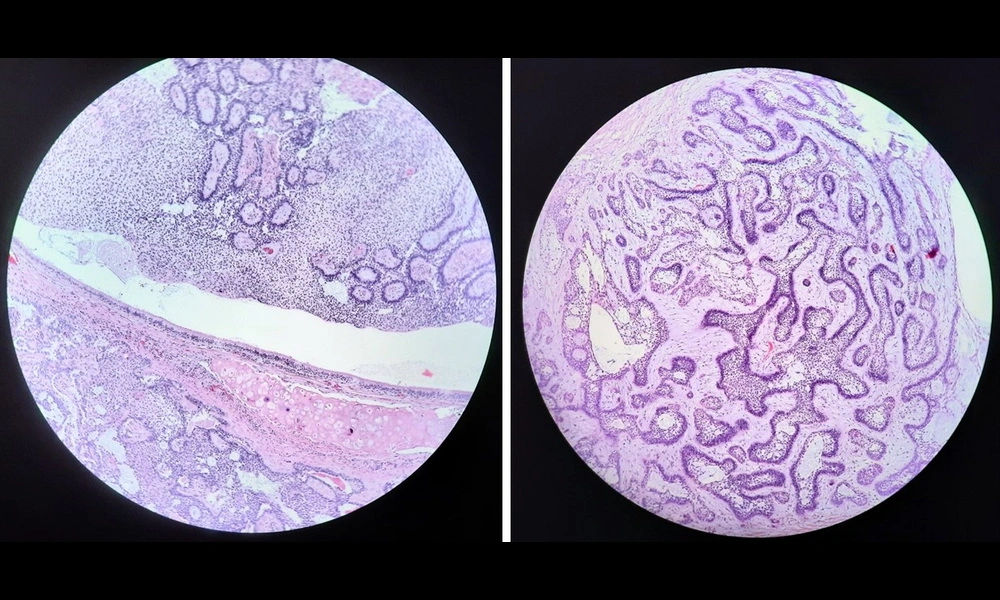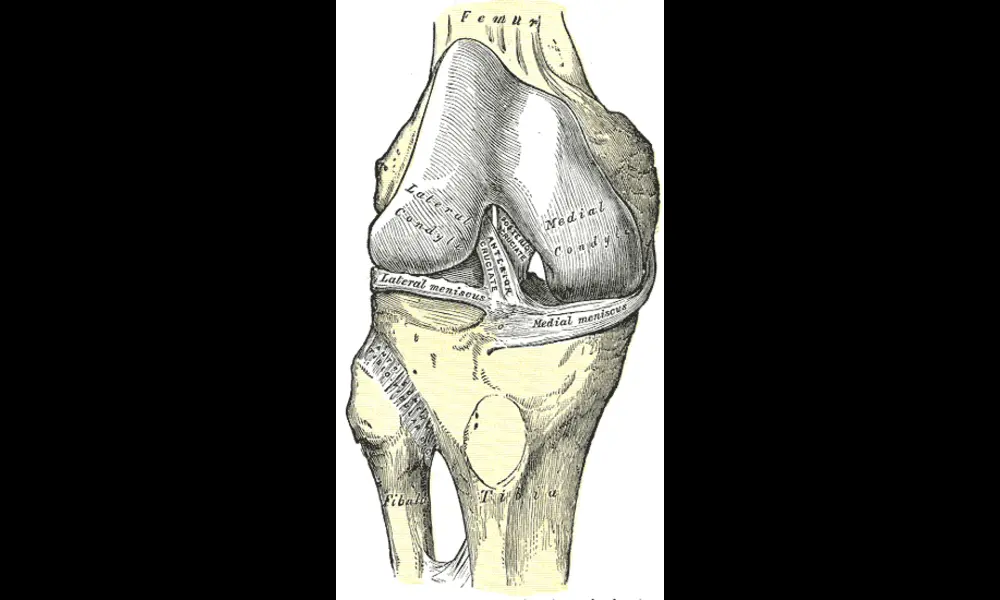Potential Link Between Maternal Intra-Abdominal Pressure and Pregnancy-Induced Hypertension
Published on Wed Mar 29 2023 Close-up of a doctor listening to a baby with stethoscope. | Nenad Stojkovic on flickr
Close-up of a doctor listening to a baby with stethoscope. | Nenad Stojkovic on flickrNew Study Finds Link Between Maternal Intra-Abdominal Pressure and Pregnancy-Induced Hypertension
A recent study conducted by researchers aimed to investigate the association between maternal intra-abdominal pressure (IAP) and pregnancy-induced hypertension. The findings of the study reveal a potential link between increased IAP and the development of hypertension in pregnancy.
During pregnancy, the growing fetus, fluid, and tissue cause a constant increase in intra-abdominal pressure. This increase can lead to a condition known as intra-abdominal hypertension (IAH) and even abdominal compartment syndrome. Interestingly, the clinical features and risk factors of preeclampsia, a common form of hypertension in pregnancy, are comparable to those of abdominal compartment syndrome.
To explore this association, the researchers measured the IAP levels in women undergoing caesarean delivery. The study included seventy pregnant women, with 55 of them having normotensive pregnancies and the remaining 15 experiencing hypertension in pregnancy. Intravesical pressure, obtained by measuring the pressure inside the bladder, was used as a surrogate for IAP.
The results of the study showed that in normotensive pregnancies, the mean antepartum IAP (measured before delivery) was 12.7 mmHg, while the mean postpartum IAP (measured after delivery) was 7.3 mmHg. On the other hand, the hypertensive group exhibited higher IAP levels. The multivariable linear regression models demonstrated a positive association between antepartum IAP and hypertension in pregnancy, as well as postpartum IAP and hypertension in pregnancy.
This finding suggests that increased IAP may play a role in the development of pregnancy-induced hypertension. Moreover, the study found that the reduction in IAP from the antepartum period to the postpartum period was less significant in the hypertensive group, further reinforcing the potential link between IAP and hypertension.
Understanding the association between maternal intra-abdominal pressure and pregnancy-induced hypertension is crucial for identifying potential preventive measures or interventions. By recognizing the impact of IAP on hypertension during pregnancy, healthcare professionals can provide more personalized and targeted care to pregnant women, especially those at a higher risk of developing hypertensive disorders.
Further research in this area is warranted to fully elucidate the underlying mechanisms and establish the implications of these findings in clinical practice. However, this study paves the way for future investigations and holds promise for improving maternal and fetal health outcomes by uncovering a potential modifiable factor in the development of hypertension during pregnancy.
Disclaimer: This article is based on the findings of a scientific paper and should not be taken as medical advice. Please consult a healthcare professional for specific concerns related to pregnancy and hypertension.



